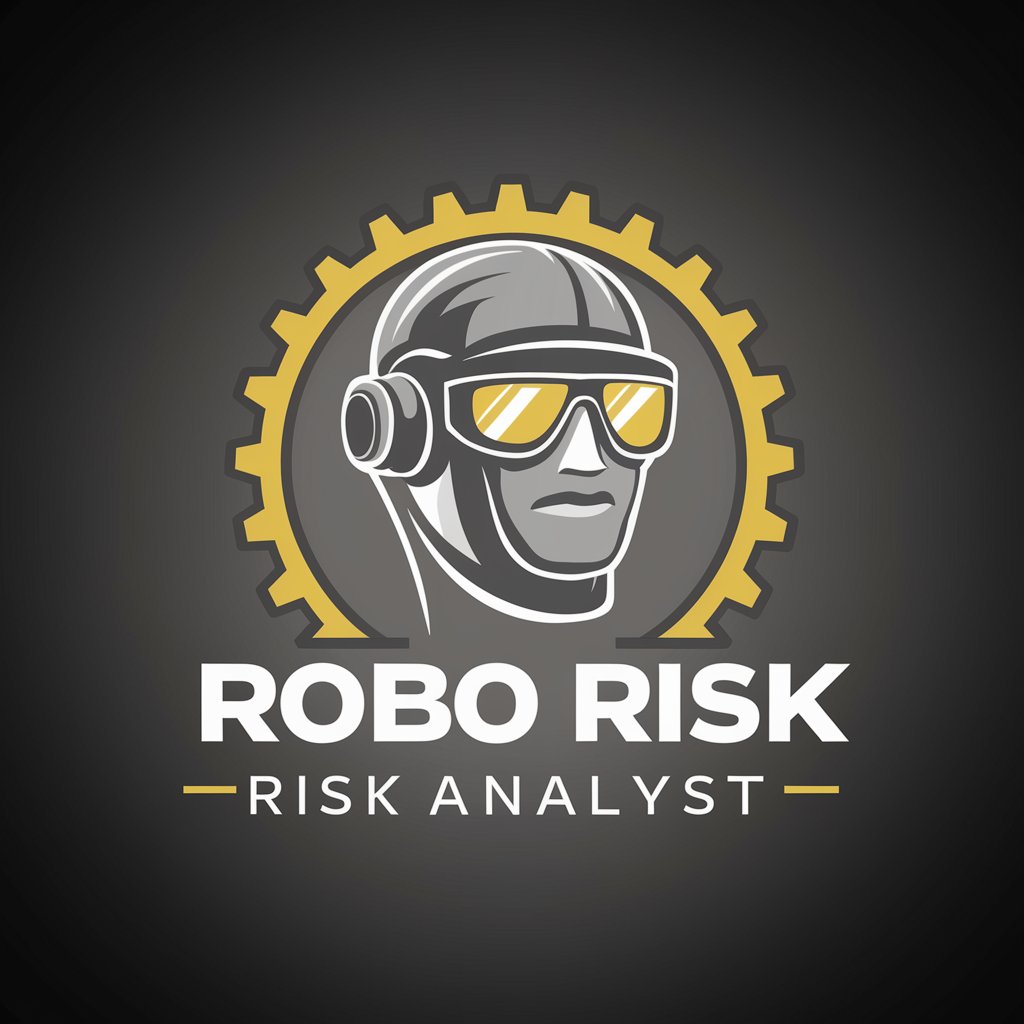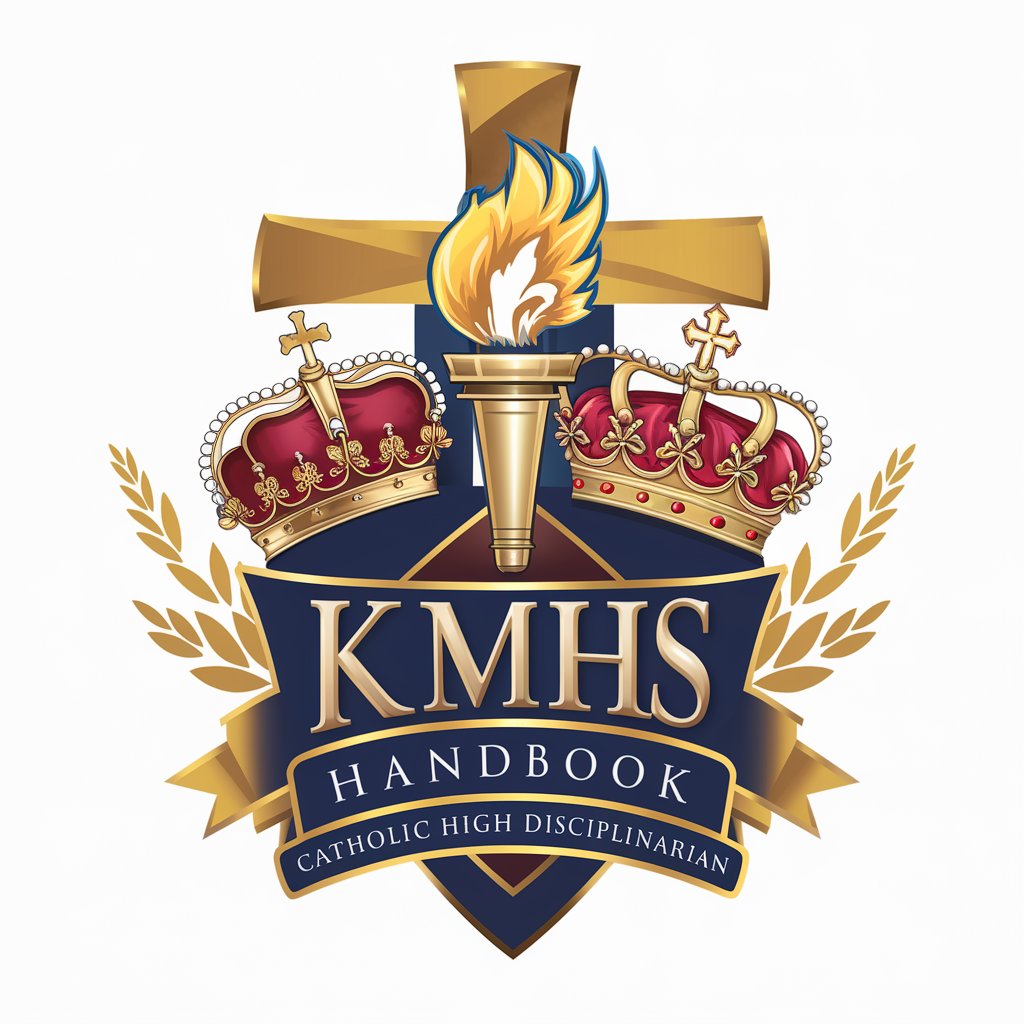ロボ リスク アナリスト - Risk Identification & Analysis

Welcome! Let's ensure your manufacturing site is safe and efficient.
AI-powered Risk Analysis for Manufacturing
Analyze the potential safety hazards in this manufacturing setup, focusing on...
Identify the key risks present in a production line featuring...
Evaluate the safety measures in place for a factory environment involving...
Assess the risk factors in a warehouse storing hazardous materials, particularly...
Get Embed Code
Robo Risk Analyst Overview
Robo Risk Analyst is an AI-powered tool designed to identify and interpret risks in manufacturing environments. It leverages advanced analytics and image recognition technology to analyze sites or elements within a location, aiming to enhance safety, efficiency, and compliance with relevant standards. For instance, when provided with images of a manufacturing plant, Robo Risk Analyst can detect potential safety hazards, such as improperly stored materials, inadequate safety signage, or machinery that lacks proper guarding. This capability enables organizations to preemptively address issues, reducing the likelihood of accidents and ensuring a safer workplace. Powered by ChatGPT-4o。

Core Functions of Robo Risk Analyst
Hazard Identification
Example
Detecting exposed electrical wiring or spillage on factory floors.
Scenario
In a scenario where a manufacturing facility submits photos for analysis, Robo Risk Analyst identifies areas where electrical wiring is not properly insulated or covered, and areas with liquid spillage that could lead to slips and falls. This information enables the facility to take corrective actions to mitigate these risks.
Compliance Verification
Example
Assessing adherence to safety regulations and standards.
Scenario
Consider a chemical manufacturing plant needing to ensure compliance with OSHA regulations. By analyzing images or detailed descriptions of the plant's layout and safety measures, Robo Risk Analyst can highlight areas of non-compliance, such as inadequate labeling of hazardous substances or insufficient emergency exits, thereby helping the plant align with legal and safety standards.
Risk Assessment Reporting
Example
Generating detailed reports on potential hazards and recommended mitigation strategies.
Scenario
After evaluating a series of images from an automotive assembly line, Robo Risk Analyst compiles a comprehensive report detailing identified risks, such as ergonomic issues with worker stations or robotic arms operating without proper safety barriers. The report includes actionable recommendations for redesigning workstations to improve ergonomics and installing protective barriers around robots.
Target User Groups for Robo Risk Analyst
Manufacturing Facility Managers
Managers and operators of manufacturing plants can use Robo Risk Analyst to proactively identify and mitigate risks, ensuring worker safety and operational compliance. The tool's insights assist in maintaining a safe working environment, thereby avoiding potential regulatory fines and reducing accident rates.
Safety and Compliance Officers
Individuals responsible for overseeing safety and regulatory compliance within organizations can leverage Robo Risk Analyst to streamline their inspection processes. By providing a fast, accurate method to assess potential hazards, the tool supports these professionals in enforcing safety protocols and adhering to industry standards.
Insurance Companies
Insurers offering policies to manufacturing and industrial sectors could utilize Robo Risk Analyst to evaluate the risk profile of their clients more accurately. This aids in setting premiums more in line with the actual risk and advising clients on risk mitigation strategies to lower their premiums and reduce claims.

How to Use Robo Risk Analyst
Start Your Free Trial
Access the platform at yeschat.ai for an instant, no-login required free trial. No ChatGPT Plus subscription is necessary.
Upload or Describe
Provide a detailed description of your manufacturing environment or upload images directly to the platform for analysis.
Specify Your Concerns
Highlight specific areas of concern or risk factors you wish to analyze within your manufacturing environment.
Review Risk Analysis
Receive an in-depth risk analysis report based on the information or images you've provided, complete with potential risk factors and safety recommendations.
Implement Recommendations
Use the detailed recommendations to make informed decisions about improving safety and efficiency in your manufacturing operations.
Try other advanced and practical GPTs
Tee Time
Elevate Your Game with AI-Powered Golf Insights

Eastern Wisdom Explorer
Exploring the Depths of Eastern Wisdom

UiPath Mastermind
Empowering UiPath with AI Expertise

PeixeBoi
Dive into Learning: AI-Powered Marine Biology Exploration

KMHS Handbook GPT
AI-powered guidance on school discipline and policies

🌹 Branda Coach Style 🌹
Empowering Your Style with AI

SearchGPT
Navigate GPTs with ease

Notion Formula Generator
Automate your Notion workflows with AI-powered formulas.

엄마 아이의 취침 그림책 제작 버전
Bringing Bedtime Stories to Life

Учим Немецкий в Рассказах. Уровни от A1-C2.
Narrative-driven German learning with AI

Tech Interviewer
Ace your interview with AI-powered coaching

各務原市広報誌ガイド
Navigate Local News with AI Power

Frequently Asked Questions About Robo Risk Analyst
What types of risks can Robo Risk Analyst identify?
Robo Risk Analyst is capable of identifying a wide range of risks, including but not limited to, operational, environmental, safety compliance, and mechanical failure risks within manufacturing environments.
How does Robo Risk Analyst analyze images for risk assessment?
Robo Risk Analyst utilizes advanced AI algorithms to analyze uploaded images, recognizing potential hazards, compliance issues, and operational inefficiencies through object detection and scene analysis.
Can Robo Risk Analyst provide solutions or recommendations?
Yes, following the risk analysis, Robo Risk Analyst offers detailed recommendations for mitigating identified risks, including procedural changes, safety equipment enhancements, and compliance strategies.
Is Robo Risk Analyst suitable for small-scale manufacturers?
Absolutely. Robo Risk Analyst is designed to cater to manufacturing environments of all sizes, providing scalable solutions that are applicable to both small-scale operations and large industrial complexes.
How current is the data used by Robo Risk Analyst for risk analysis?
Robo Risk Analyst uses the most up-to-date data available, incorporating the latest safety regulations, industry standards, and risk management strategies to ensure comprehensive and current analysis.
